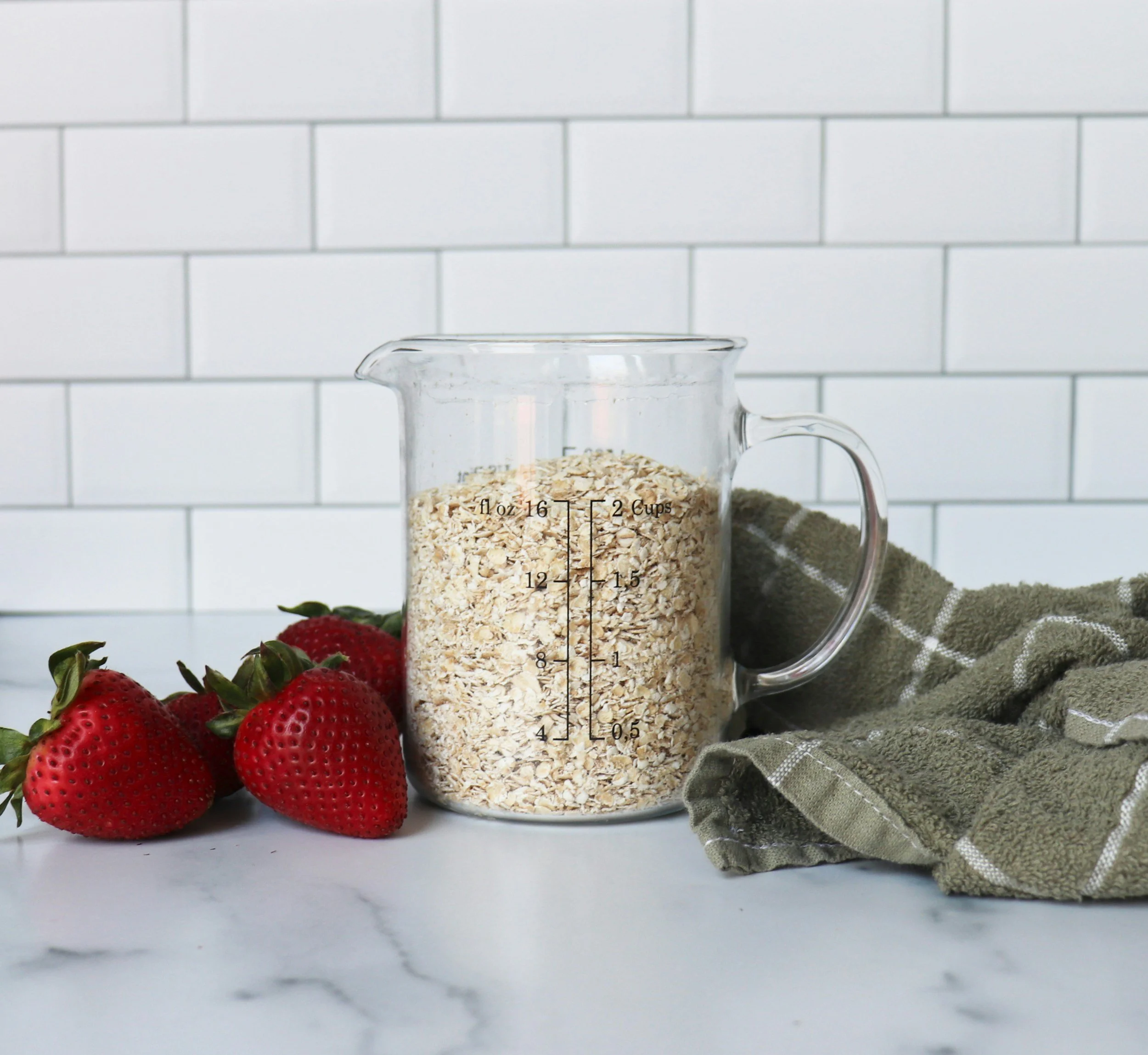5 Ways to Save Money on Your Food Budget without Compromising Quality
With food prices climbing higher than ever, it’s time to be more strategic about managing our family grocery budgets. The days of walking out of the store with a week’s worth of groceries for under $100 are long gone. Even once-affordable staples like eggs and yogurt have reached record prices.
If rising costs weren’t impacting nearly every aspect of life, these food prices might be easier to absorb. But the reality is that most Americans are feeling the pressure of inflation, and old budgeting habits just don’t cut it anymore. Here are some practical ways to save on groceries without sacrificing healthy, enjoyable, and nutritious meals.
1. Plan a weekly cuisine theme.
We’ve all had those times when we’ve gone to the grocery store hungry, without a meal plan, and come home with a mound of random ingredients, junky packaged food, and a mile-long receipt… and we still don’t know what to cook for dinner.
Before your next shopping trip, take time to consider one or two cuisine themes that you can base your meals on for the coming week. If you remain in the same cuisine genre for a few days in a row, you can still have variety, but it’s very likely you will reduce your grocery bill.
For example, you decide to theme your meals “Mexican” for the week. For dinners, you could make tacos, burritos, taco salad, loaded nachos, enchiladas, guacamole and chips, beans and rice. All these dishes use similar ingredients. Your bulk beef, salsa, corn tortillas, and cheese can be used all week, cutting back on random ingredient purchases and half-used food items that go bad after a one-time use.
Ideas for themed cuisine weeks are Italian, Asian, Charcuterie, Mexican, Mediterranean, German, and so many others! Your creativity can be limitless.
2. Buy bulk roots.
Next time you check out at the grocery store, notice that veggie prices are much less than fruit prices. In particular, bulk root vegetables like potatoes, carrots, onions, and garlic are relatively cheap. In addition, they last a long time in a dark, dry cupboard. These versatile root vegetables are the foundation of soups, crackpots, and side dishes. Find these roots in bulk bags and be blown away at how cheap they are for the amount you are getting (and storing)!
3. Find Specialty Food Items at Sam’s Club and Walmart.
Surprisingly, specialty food items can be found throughout Sam’s Club and Walmart at better prices than premium grocery stores. Within most sections of the grocery store, you can find healthier options including organic, vegan, and gluten-free food items.
Sam’s Club boasts bulk gluten-free crackers, avocado oil, organic juice boxes, grass-fed beef, and organic eggs hiding in their massive aisles. When you have extra time, take a tour down their aisles and intentionally look for the healthy, specialty gems mixed within their merchandise.
In recent years, Walmart has expanded its organic produce section. Most Walmart’s have an entire section dedicated to gluten-free food items. Throughout their food aisles, you can find vegan cheese, gluten-free breadcrumbs and cookies, and organic multi-grain crackers.
4. Buy bulk beans, rice, and grains.
Dry beans, rice, and grains can be stored for long periods of time, added to meals, and used for baking. Nearly every cuisine in the world incorporates beans, rice, and grain, so the cooking options are endless. In particular, the grocery store “Sprouts” has barrels of beans and grains ready to bag and buy in bulk. Once you purchase, transfer to glass containers for sustainability and BPA-free storage.
5. Make Restaurant Visits Special, Instead of Routine.
Going out to eat can easily become the norm for busy households. Miss the planning session for dinners for the week, don’t have time to grocery shop, add in a few hungry kiddos and some soccer practices, and the trajectory is hundreds of dollars spent on fast food and restaurants. The cost adds up quickly. Plus, the nutritional value of these meals is questionable.
Cutting back on eating out requires a mindset shift and intentional meal planning. If your family understands the importance of a budget or they’re aware you’re saving up for something special for the family, they can get on board with eating at home. Meal planning lets your family know that you value their needs. You’re providing them with options that satisfy their hunger while showing your love by cooking.
Instead of making restaurants the norm, make going out to eat special. Celebrate your child’s excellent report card or the basketball game win. Congratulate your husband’s promotion by a special dinner on the town. Going out to eat becomes memorable and special when it isn’t the normal dinner ritual.
Decreasing the amount spent on food doesn’t have to be daunting, but can be exploratory. Have fun finding deals and learning new recipes. The most fun is when you see the extra money in your account as you intentionally cut back on the amount of money spent on food.





